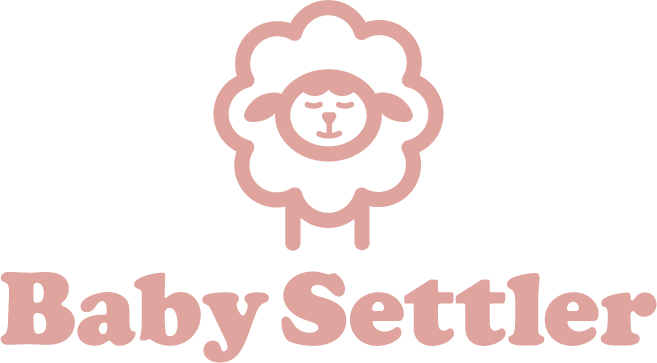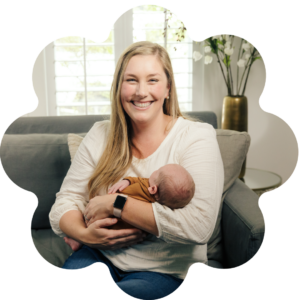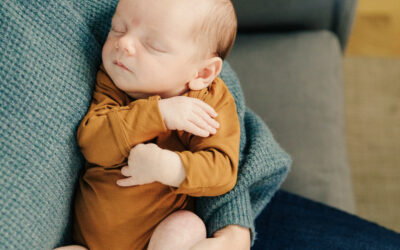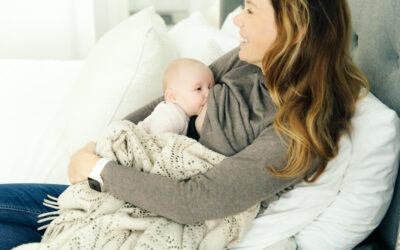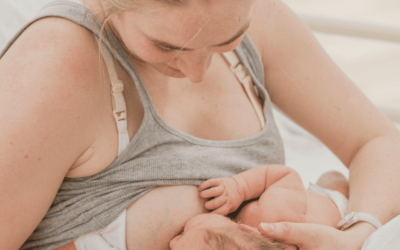Are you a new mama wondering about the differences between the Ladybug vs Hakaa? Let’s break these two breastfeeding tools down! (Not specific to these brands, but about the function of these two and when to use them.) Here are some of my new mom tips for making the most of your breast milk supply:
The Ladybug
The Ladybug (or something like this device) is more for passive milk collection. This is for the mama who, when breastfeeding on one side, has milk pouring out into a breast pad or a cloth on the other side.
A device like the Ladybug is one of the oversupply solutions to have in your arsenal. It will collect all of that milk that is potentially just pouring out into a pad. We don’t want to let that milk go! Having something that’s just sitting there (it doesn’t have any pull on the breast) is beneficial.
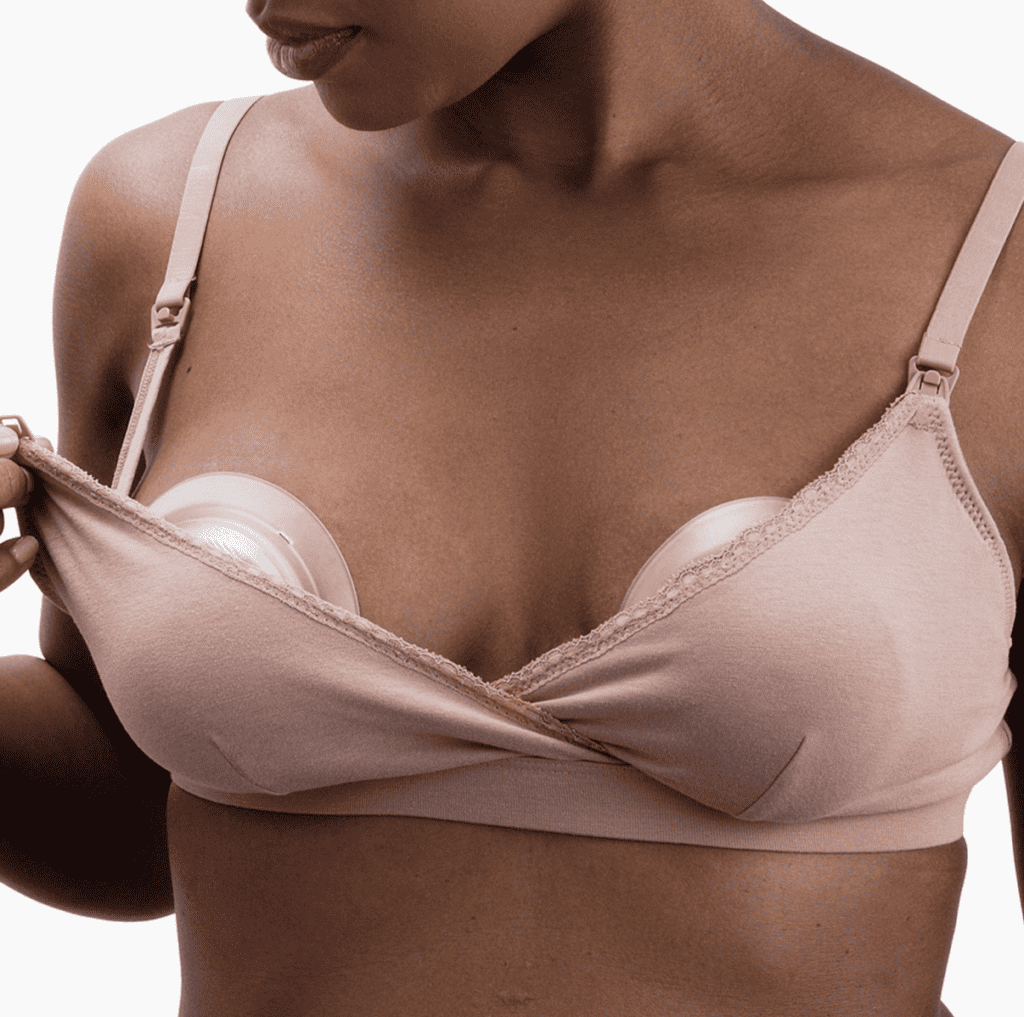
As a lactation consultant, I recommend the Elvie Catch. It functions like the Ladybug from the Hakaa brand, but it sits inside your bra much easier.
Signs Of Breast Milk Oversupply
- Fast flow during let down
- Baby coughing during the beginning of the feed
- Baby holding breast loosely in their mouth
- Baby spits up a lot and needs frequent burps
- Poor latch
- Plugged milk ducts and breast engorgement
“…all of the above symptoms can be caused by other things, such as reflux, allergies or even, conversely, a low milk supply. Only if they are combined with excessive weight gain is breast milk oversupply likely to be the cause. Babies are expected to gain around 900 g (2 lb) per month, but in cases of oversupply, they will put on much more – often around double that,” explains Medela.
To make breastfeeding with an oversupply more manageable for your little one, you can change up breastfeeding positions. Verywell Family advises, “Breastfeed ‘uphill’: Also known as ‘laid back’ breastfeeding, this technique uses gravity to slow down the flow of your breast milk and make it more manageable.”
If you’re struggling with oversupply, speak to a lactation consultant.

The Hakaa
The Hakaa is different from the Ladybug. It’s not necessarily pumping milk out. When you use the Hakaa and squeeze slightly, there’s a pull of milk out of your breast.
This is really helpful when your baby is only feeding on one side.
During the first two weeks postpartum, your milk has just started coming in. Let’s say your baby latches on one breast (learn more about latch technique here), and you cannot get your baby to go to the next breast even if you’re offering it. You can then use the Hakaa to remove an ounce or three of milk because your baby didn’t make it to that side. Then, during the next breastfeeding session, you can start on that side.
Remember, your baby may only be six or seven pounds now, but in a couple of weeks, they’re going to be bigger. A nine-pound baby is going to want a lot more milk than a six-pound baby in a feeding. So, protecting your supply in those first two weeks is vital. Using a Hakaa or something like it can be used to remove that “extra” milk and maybe prevent you from having to pump on that other side.
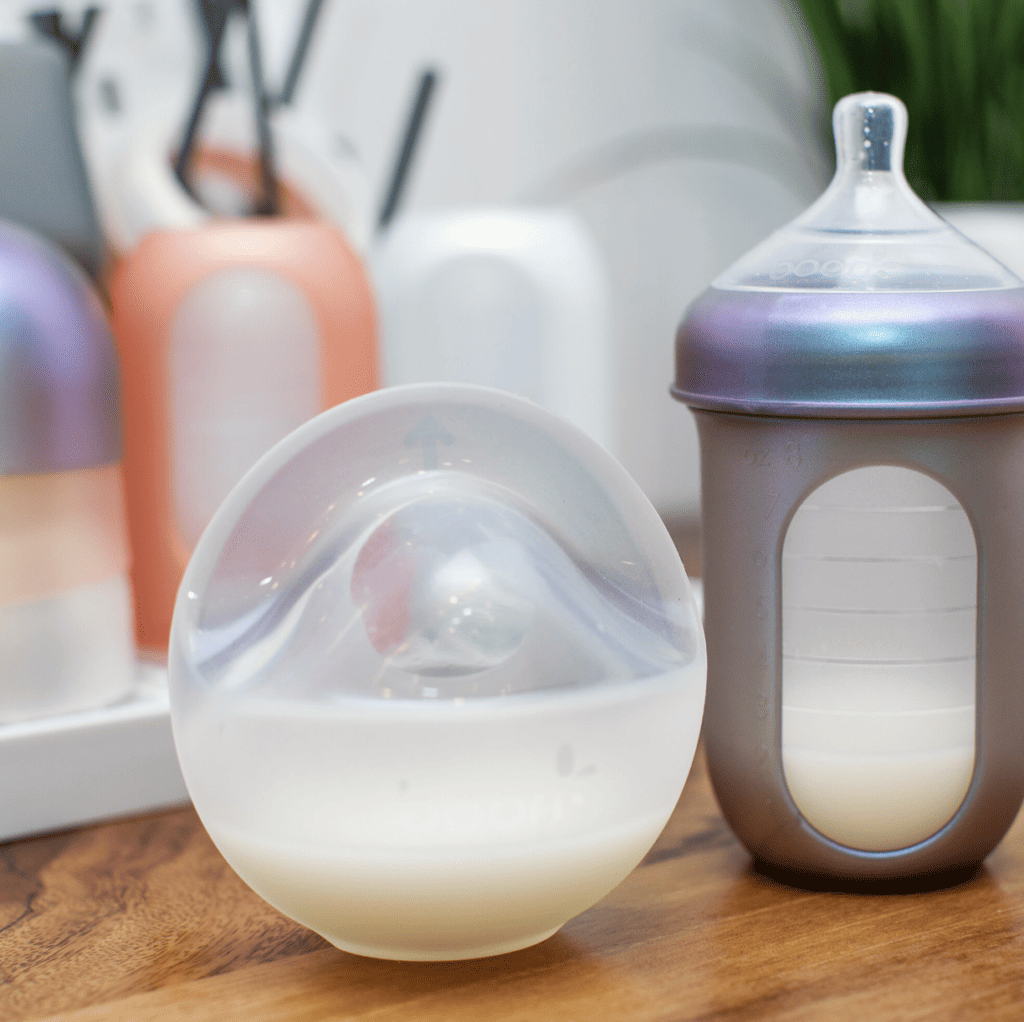
I prefer the TROVE Silicone Breast Milk Collector because baby isn’t able to kick it off! I also find it to be more comfortable leading to a better let down.
What Not To Do With The Hakaa
For the majority of moms during the first four to six weeks postpartum, I recommend giving baby access to your breast first before you use the Hakaa.
The Hakaa is sucking out milk with that pull and so it’s removing the on-tap milk.
When you put your baby on the second side after using the Hakaa, your baby might only transfer an ounce because it’s getting made-on-demand milk. If they had had that easier, on-tap milk, they would have gotten a little bit more volume.
Yes, they’re still getting milk as they are feeding. But, there are a lot of scenarios where the total transfer volume from both breasts would be less. This, in turn, can affect their sleep.
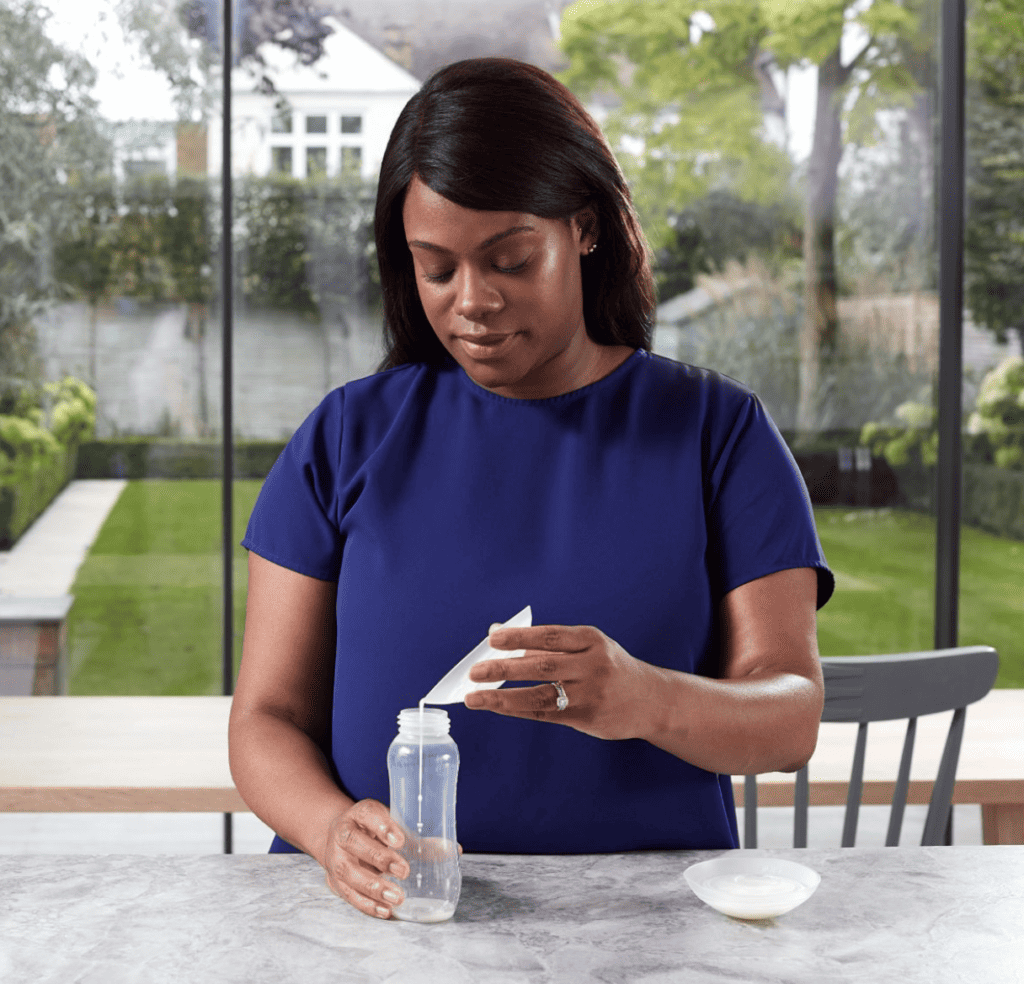
Breastfeeding 101: Give Baby The Option Of Both Breasts
In most feeding routines you want to give your baby access to both breasts first. Only after this do you use something like the Hakaa.
“Sometimes babies will do little ‘butterfly sucks’ when they’re done, but you won’t hear the swallowing or see the deep active sucks that they use when they are eating. At this point it’s fine to take your baby off this breast and offer the other side,” says The Bump.
Instead of putting the Hakaa on the side that you haven’t put the baby on, let’s start on the left side, move the baby to the right side, and then go ahead and put the Hakaa on the left side now that the baby is on the right breast. This is an awesome way to still get a little bit of extra milk for your breast milk supply stash while making sure that you’re maximizing the volume that your baby is able to transfer at the breast during the feeding.
If your baby won’t go to the second side, then this is where products such as the Hakaa are helpful. Or if you are just spraying milk out – that’s where you’re also going to use this so that you don’t waste that liquid gold. Every drop counts! Get my free pumping log and guide to breast milk storage here.
Offering your baby both breasts during feeding and collecting excess milk are great ways to protect your milk supply. Other ways include:
- Skin to skin contact with your little one. According to the Australian Breastfeeding Association, skin to skin contact can help your baby latch well, it releases hormones to make feeding easier, and it calms your baby.
- Follow your baby’s hunger cues, including sucking on their fingers, opening and closing their mouth, and turning their head from side to side.
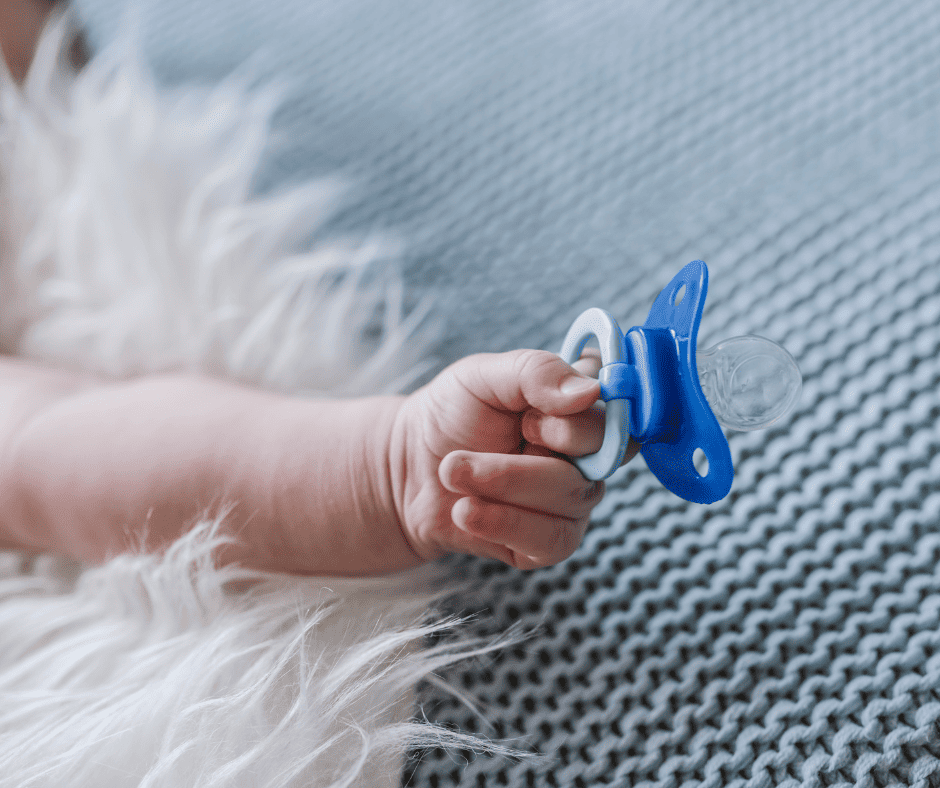
- Don’t give your baby a pacifier until you’ve established breastfeeding. “It’s best to ensure that your baby has gotten the hang of breastfeeding (by around three or four weeks old) before you introduce a pacifier. That’s because the sucking mechanism for breastfeeding is different from that used for sucking on a pacifier,” explains What To Expect.
- Get enough sleep yourself and eat a healthy diet. Your health impacts your breast milk! You need an extra 400 calories a day to support breastfeeding, and Mayo Clinic suggests, “Opt for protein-rich foods, such as lean meat, eggs, dairy, beans, lentils and seafood low in mercury. Choose a variety of whole grains as well as fruits and vegetables.”
A breastfeeding journey can be challenging at times! Especially because feeding affects sleep, and sleep affects feeding. Get baby sleep tips, including what to do about a sleepy feeder, in the free Newborn Sleep Guide. Grab it here!
